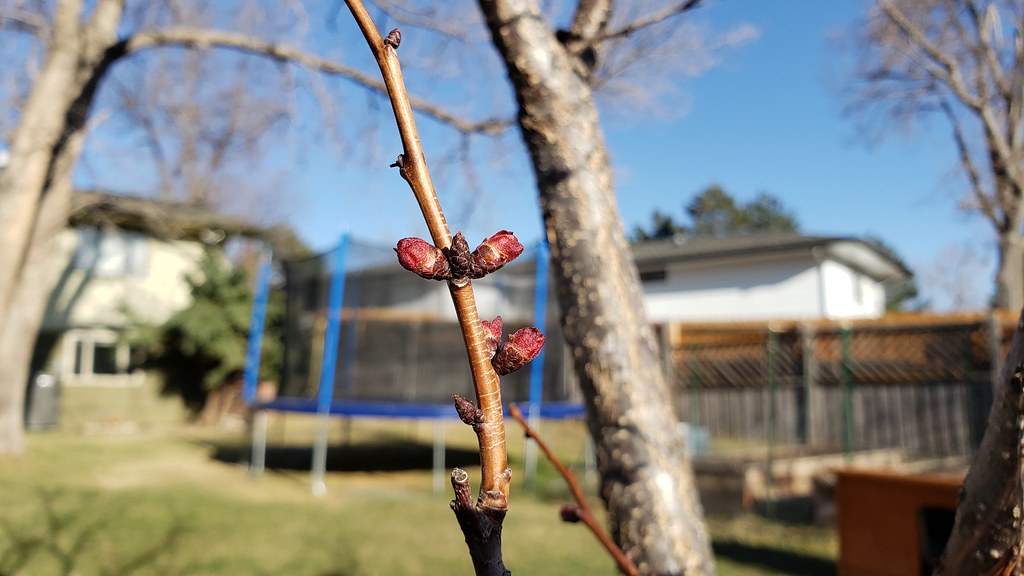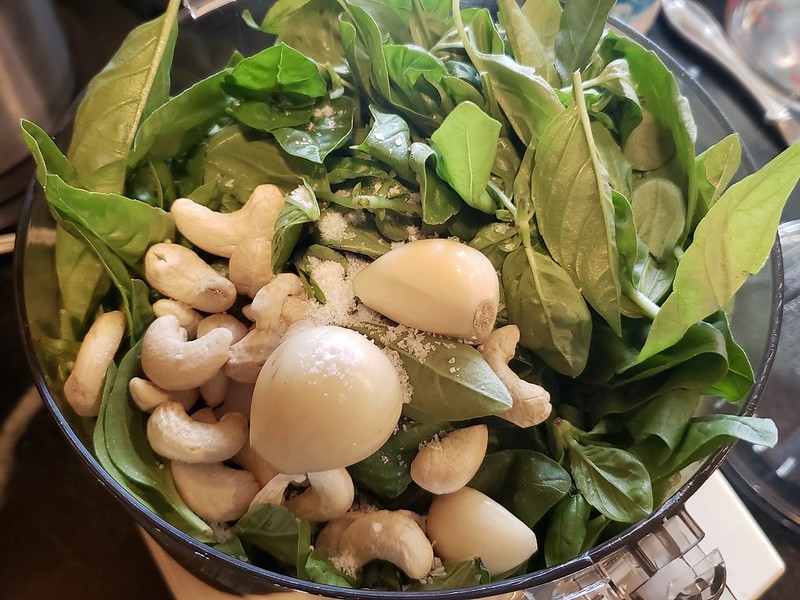Gardening retrospective 2021
I'm inspired by Leigh Dodd's garden retro to write about my own gardening adventures in 2021. I was raised in a gardening family and have almost every year tended at least a small patch of something, even when we were on sabbatical in Montpellier. To be clear: I don't depend on my own produce to live and have huge respect for people everywhere who do, whatever the scale. I'm paid well to write and deploy software systems, and everything my family needs is available from grocery chains and local producers. I garden because I'm curious about the natural history of agriculture, for the connection to the earth and sun, for the daily excuse to get up from the chair in my home office, and because some vegetables are so much tastier when grown at home.
Fort Collins, Colorado, my home, at 1500 meters elevation, is marginal for agriculture. We're in the USDA's Zone 5b, like Albany, New York. We get all the sun anything needs and adequate water for irrigation thanks to reservoirs, but the growing season can be unpredictably short due to late or early frosts. Hail can be a problem here, too. Some populated places northeast and southeast of Fort Collins get hail six days annually on average. We get less, 2-3 days, but in tough years we've had our garden wiped out multiple times.
Growers have success with apples in some microclimates in Masonville near Fort Collins, but generally fruit growers on the east side of the Rockies have more success several degrees of latitude to the south. That's where Rocky Ford melons and Pueblo chiles thrive. Major crops around Fort Collins are winter wheat, alfalfa, corn, and in earlier times, sugar beets. Growers of anything that require a longer season or protection against spring frosts depend on greenhouses or cold frames. I don't have either, yet, so I muddle through the hard seasons and revel in the easy seasons. 2021 was one of the latter.

Apricot buds in April
We had a mild winter and early spring. We always plant lettuce, radish, turnips, and snow peas as soon as the ground thaws here. A late frost nailed our apricot blossoms, but everything else did fine. The garlic I planted in fall thrived, too.

Early spring garden
We replicated our favorite feature of 2020's garden: an endless supply of cucumbers from a deep container in one of our garden's sunniest spots. We give these Japanese varieties deep soil, compost, sun, water, and some structure to climb on and they go nuts. We were picking 2-4 fancy $2 cucumbers every day for 3 months. This was the most profitable part of my garden by far. If you're interesting in growing cucumbers and have limited space, don't overlook the vertical dimension.

All you can eat cucumber is a good thing
The spring and summer of 2021 were notable for the absence of hail and generally sunny and warm conditions. I rolled the dice on sweet mellons of two varieties, Charentais and "Minnesota midget", and we had plenty of each. It's unlikely we'll have such good conditions next year. Some of the Charentais melon were as good as I've had in the south of France. Growers in Lunel, Hérault, would have been proud.

Baby melon

Ripe Minnesota midget melon

French Charentais melon with trompe l'oeil
My kids, who turned 13 and 16 at end the end of 2021, love cucumbers and sweet melons, but are deeply skeptical of zucchini or any other curcurbit that we cooks. I planted one zucchini plant this year and every fruit was grated in the service of zucchini fritters. Zucchini are reliable here, despite that we grew fewer than we did in previous years.
The season was going so well I planted beans after pulling up the garlic and there was plenty of time for them to grow and yield lots of tasty bean pods.

Time to come out, garlic

Late summer beans

The highest state of bean
My tomato crop was very disappointing, a combination of exhausted soil and increasing shade from one of our backyard trees, but the pepper and basil crop more than made up for it. My father gave me Carmine and Aleppo pepper starts and they exploded at the end of the summer.

August basil

Carmine peppers in September

The basil gets ground into pesto and goes to our freezer
At the close of 2021 all I have going on in the garden are dormant perennial herbs, chives, and scallions; garlic bulbs; and the potted rosemary bushes that we bring in the house at night.

So long, 2021
What grew well? Lettuce, cucumber, melon, peas, beans, peppers, dill, basil, garlic, green onions. None of these shared the same soil except the beans and garlic, which seems to be a sign.
What didn't grow well? Tomatoes. Next year, I will plant them in a different, sunnier bed, or buy them from someone else!
What will I do differently? I'll grow more spring and fall greens like spinach, kale, and mizuna. I would also like to have a constant supply of cilantro and parsley. I can't expect such luck with melons, so I might skip the Charentais. Otherwise, no major changes.